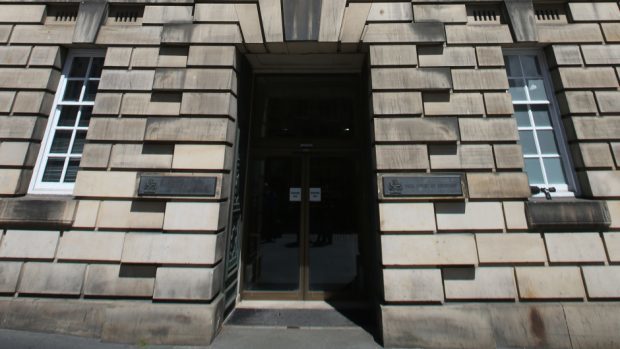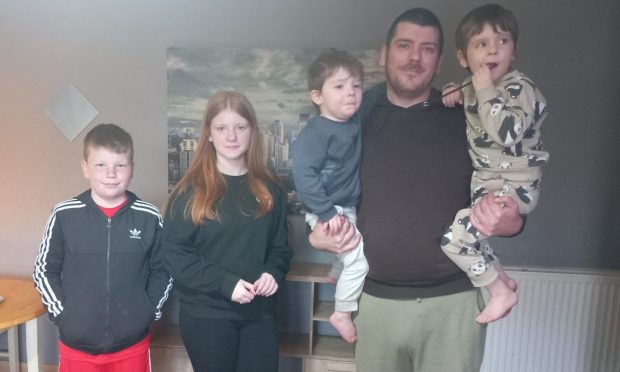A criminal defence lawyer has said more pathologists are needed in Scotland to get the bodies of murder victims back to their families sooner.
The Crown Office and Procurator Fiscal Service last week launched a new system which they hope will reduce the delay in releasing bodies back to grieving families.
>> Keep up to date with the latest news with The P&J newsletter
In suspicious deaths, a post-mortem is a necessary step in the investigation and often a second independent one has to be carried out by the defence team on behalf of the accused.
But under the new system, a consultation will be held to assess whether the second post-mortem is actually required.
Last week, Justice Secretary Humza Yousaf hailed the new procedure on Twitter, and said: “A new protocol, which will potentially limit second post-mortems will be a welcomed step in the right direction.”
But Iain Jane, who runs his own law firm in Peterhead, does not believe it will ease the problem and claimed the key problem was the lack of pathologists in Scotland.
Mr Jane said: “Some cases really need the second, and in the vast majority of cases it’s asked for anyway as defence agents in murder cases want to represent their client appropriately.
“The main problem is the lack of pathologists – I think there may only be around 10 in Scotland.
“For defence agents who ask for a second post-mortem we get grants to pay for it, but this adds up and it takes a long time to find one free to do it.
“There were 59 homicides in Scotland last year, lower than most years, and I estimate it’s about £30,000 extra they’re paying for these as they have to use someone from England.
“For one of my own cases, a murder in Fraserburgh, we had to pay for a pathologist from Liverpool to carry out the second one as the crown had used Aberdeen and there weren’t any free else where who would be independent.
“To solve the problem, a pathologist simply for second post-mortems should be hired by the Scottish Government who can remain independent and also cover holidays of others.
“It would also work out similar cost wise and cut down the time you waste trying to find a pathologist meaning families get their loved ones back sooner.”
Anthony McGeehan, procurator fiscal for policy and engagement, said: “The new protocol endeavours to ensure that post-mortem examinations are only conducted where necessary and loved ones are returned to their family as quickly as possible.
“This promotes the interests of the victims of crime within the criminal justice system whilst preserving potential criminal proceedings and the rights of the accused.”
A Scottish Government spokesman said: “We warmly welcome the changes proposed by the Crown Office and Procurator Fiscal Office, which will help to alleviate some of the distress that can be caused by the length of time it sometimes takes to be able to arrange a funeral of a loved one.”










